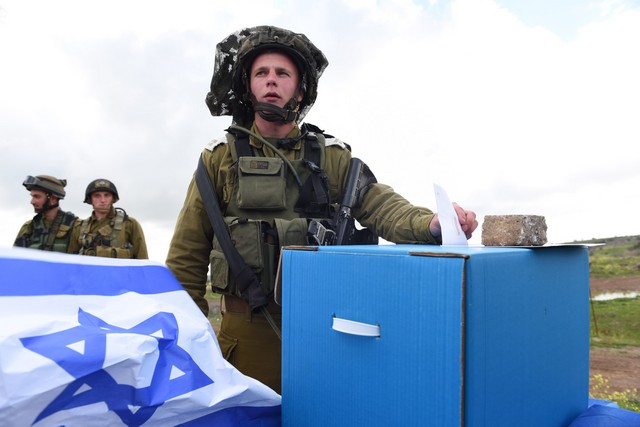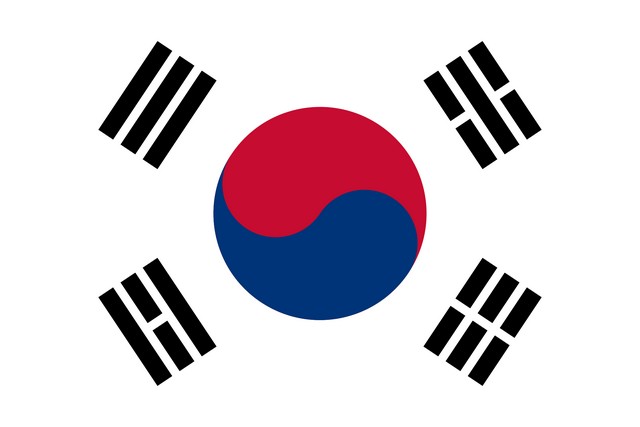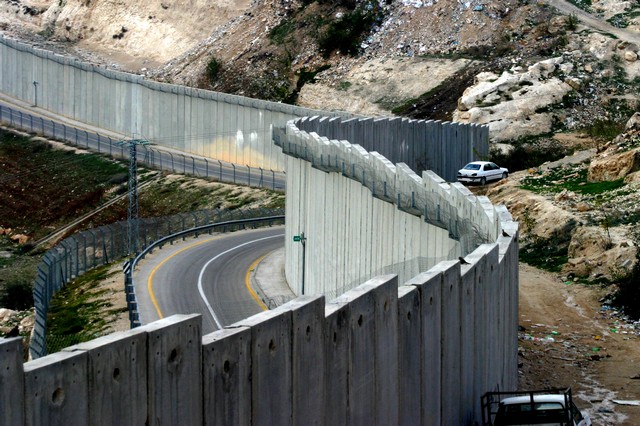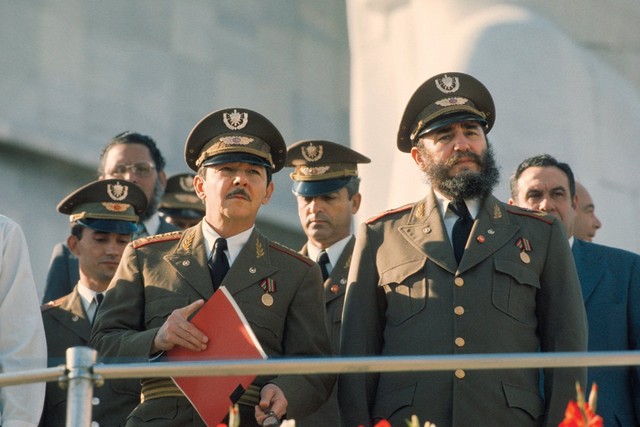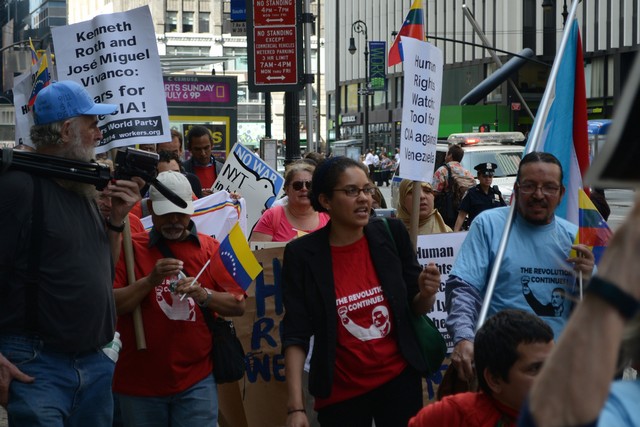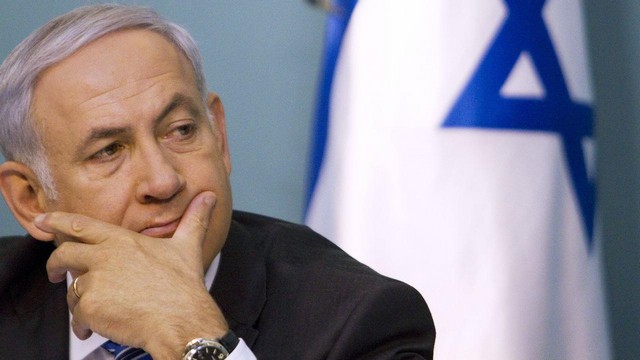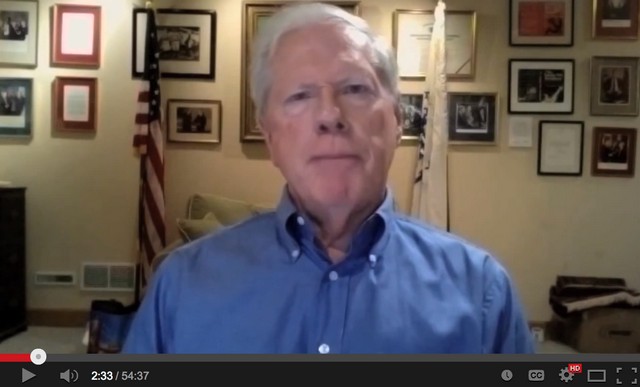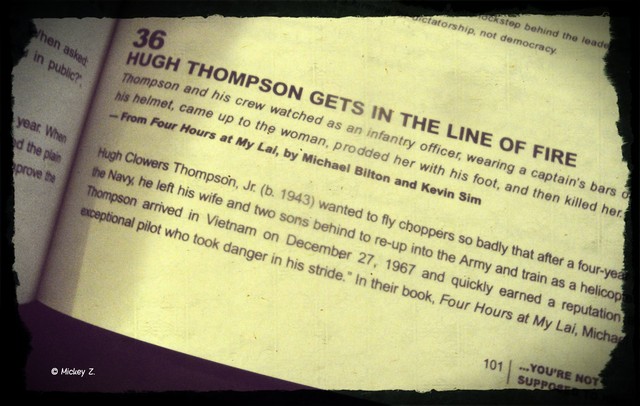By Ilan Pappe
Those of us who know the nature of the beast could not have been surprised by the results of the Israeli election.
Like many of my friends, I was also relieved that a liberal Zionist government was not elected. It would have allowed the charade of the “peace process” and the illusion of the two-state solution to linger on while the suffering of the Palestinians continues.
As always, Prime Minister Benjamin Netanyahu himself provided the inevitable conclusion when he declared the end of the two-state solution — inviting us all to the long overdue funeral of an ill-conceived idea that provided Israel with international immunity for its colonialist project in Palestine.
The power of the charade was on show when the world and local pundits unrealistically predicted a victory for liberal Zionism, an Israeli ideological trend that is near extinction — embodied by the Zionist Union list headed by Isaac Herzog and Tzipi Livni.
The exit polls compiled by Israel’s finest statisticians reinforced the wishful thinking, leading to a huge media fiasco as expectations of the “liberal” camp’s victory turned into shock and dismay over Netanyahu’s triumph.
Debacle
It is worthwhile to begin an initial analysis of the Israeli elections with closer attention to this debacle.
An important segment of those who vote for Netanyahu’s Likud Party belong to the second generation of Jews who came from Arab and Muslim countries.
They were joined this time by settler communities in the occupied West Bank who voted as a bloc for Netanyahu. The Arab Jews voted for Likud much more then they voted for Netanyahu. The settlers did so at the expense of their new political base — Naftali Bennett’s Jewish Home party that promises outright annexation of the West Bank — so as to ensure that Likud would be the largest party in the next parliament.
Neither group was entirely happy with their choice and were not so proud to wear on their sleeves their decision to vote yet again for Netanyahu. That is perhaps why many of them did not admit to the exit polls who they really voted for.
The result was quite catastrophic for all the renowned pollsters. They missed the headline that should have been announced when the exit polls were done — a smashing victory for the Likud in 2015 and a disappointing result for the liberal Zionist camp. The more exciting news was the success of the Palestinian citizens of Israel who united to form the Joint List and won the third largest bloc of seats after the Likud and the Zionist Union.
Likud’s victory
The three outcomes — an invigorated Likud, a defeated Labor Party (the Zionist Union is a partnership of Labor and Livni’s “Initiative” list) and a united Palestinian representation — can either be ignored by the international community or serve as a catalyst for new thinking on the evergreen question of Palestine.
The victory of Likud, despite the social unrest in Israel over growing economic hardships, and the unprecedented low standing of the Jewish state in the international community, indicate clearly that there will be no change from within Israel in the near future.
Labor, meanwhile, has maximized its potential: it is not likely to do better and hence it does not offer an alternative. The main reason for this is that it is not an alternative. Israel in 2015 is still a settler-colonialist state and a liberal version of this ideology cannot offer a genuine reconciliation to the indigenous people of Palestine.
Ever since Likud took power for the first time after its historic 1977 victory, Jewish voters have preferred the real thing, so to speak, steadily turning away from the paler, liberal version of Zionism.
Labor was in power long enough for us to know that it could not offer even the most moderate Palestinian leaders any deal that would have granted them genuine sovereignty — not even in the West Bank and Gaza Strip, which form only a fifth of historic Palestine.
The reason is very simple: the raison d’etre of a settler-colonialist society is displacement of the natives and their replacement by settlers. At best natives can be confined in gated enclaves, at worst they are doomed to be expelled or destroyed.
Decolonization
The conclusion for the international community should be clear now. Only decolonization of the settler state can lead to reconciliation. And the only way to kick off this decolonization is by employing the same means exercised against the other long-standing settler state of the twentieth century: apartheid South Africa.
The option of BDS — boycott, divestment and sanctions — has never looked more valid than it does today. Hopefully this, together with popular resistance on the ground, will entice at least some of the second and third generation of the Jewish settler-colonial society to help stop the Zionist colonization project.
Pressure from outside and from the resistance movement within are the only way to force Israelis to reframe their relationship with all the Palestinians, including the refugees, on the basis of democratic and egalitarian values. Otherwise, we can expect Likud to win forty seats in the next elections, perhaps on the back of the next outraged Palestinian uprising.
There are two reasons why this approach is still feasible. One is the Joint List. It will have no impact whatsoever on the Israeli political system. In fact, like the Palestinian Authority, the days of Palestinian representation in the Knesset, Israel’s parliament, are numbered. If a united list can have no impact, and if a disempowered PA does not satisfy even liberal Zionists, then the time has come to look for new forms of representation and action.
The Joint List’s importance lies elsewhere. It can ignite the imagination of other Palestinian communities about the possibilities of unity of purpose. That Islamists and secular leftists can work together for a better future is an example that can have far-reaching implications not only for Palestinians and Israelis, but for an increasingly polarized Europe. The Joint List represents a group of native Palestinians who know the Israelis well, are deeply committed to democratic values and have risen in importance among the rest of the Palestinians after years of being marginalized and almost forgotten.
The second reason for hoping that new alternatives will emerge is that despite all its nastiness and callousness, the Zionist settler-colonial project was not the worst in history.
With all the horrendous suffering it has caused, most recently during the summer massacre in Gaza, it did not exterminate the local population and its dispossession project remains incomplete. This does not mean that it will not get worse or that one should underestimate the suffering of the Palestinians.
Vision
What it means is that the main impulse among Palestinians is not for retribution but for restitution. Their wish is to live normal lives — something Zionism denied all the Palestinians ever since the ideology’s arrival in Palestine in the late nineteenth century.
Normal life means an end to the discriminatory apartheid policies against the Palestinians in Israel, the end of the military occupation and siege of the West Bank and Gaza Strip and recognition of the right of the Palestinian refugees to return to their homeland.
The quid pro quo is accepting the Jewish ethnic group that emerged in Palestine as part of a new, decolonized and fully democratic political dispensation based on principles that would be agreed on by all concerned.
The international community can play a positive role in bringing this vision about if it adopts three basic assumptions. The first is that Zionism is still colonialism and hence anti-Zionism is not anti-Semitism but anti-colonialism.
The second is that if it leaves behind the exceptionalism it granted Israel over the years, mainly in the realm of human rights, it has a better chance of playing a constructive role towards safeguarding these rights in the Middle East as a whole.
And finally, we should all be aware that the window of opportunity for saving innocent lives in historic Palestine is rapidly closing — if Israel’s power remains unchecked a repeat of the massacres of recent years is all but certain. It is urgent to forsake old formulas for “peace” that did not work and start looking for just and viable alternatives.
The author of numerous books, Ilan Pappe is professor of history and director of the European Centre for Palestine Studies at the University of Exeter.
21 March, 2015
Electronic Intifada

